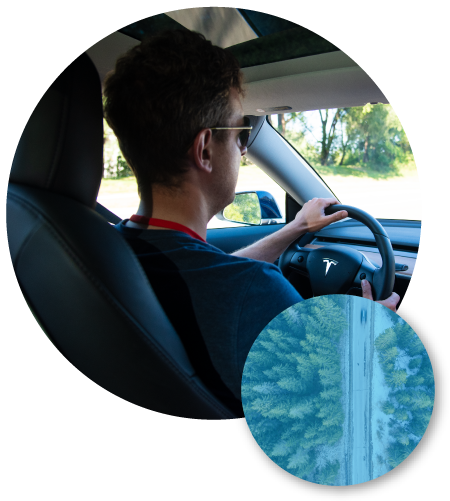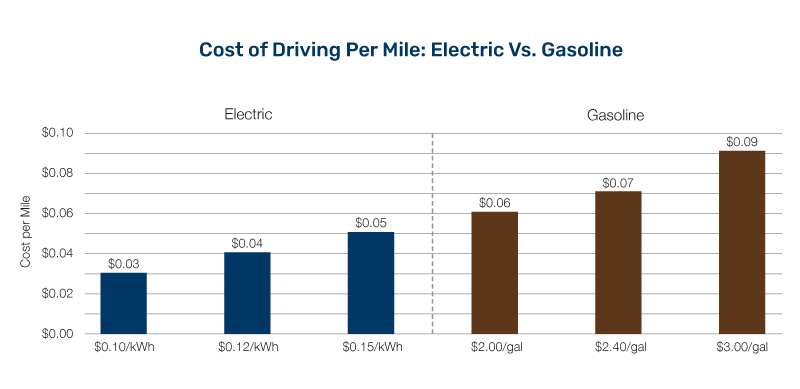Consumer Choice

If electrification is going to play a big role in the decarbonization of the transportation sector, consumers have to choose to drive electric vehicles. According to a 2017 study by the National Renewable Energy Laboratory (NREL), the top barriers to EV adoption are 1) range anxiety, 2) perceived ability to charge, 3) vehicle purchase price, and 4) the willingness to pay more for an electric vehicle. Each of these barriers is discussed below.

Getting Folks Where They Need to Go
Electric vehicle range and the ability to charge easily and quickly present two of the largest barriers to entry. In 2012, electric vehicle range topped out at 80 miles per charge on a Nissan Leaf, the most widely available electric vehicle on the market. Because of advances in battery technology, the 2018 Leaf offers 151-mile range, while other EVs easily pass the 200-mile mark. The electric vehicle market is quickly reaching the 300-mile threshold identified in NREL’s study on EV adoption.
Greater range for EVs only remedies a part of the issues some consumers see in EVs. What about road trips where a driver could surpass his/her battery range?
Consumers also worry about running out of charge without the ability to stop at a gas station to “fuel up.” In larger metropolitan areas, there is likely more charging infrastructure than consumers realize. EV chargers are not as noticeable as gas stations and non-EV owners are unlikely to take note of them.
Paying More to Spend Less
Even with incentives, buying an electric vehicle costs more than a gasoline powered vehicle.
Many analysts expect up-front costs of EVs to decrease and reach initial price parity as early as 2025 or 2030. Until then, rebates, tax incentives, and tax exemptions are mechanisms that can be utilized by governments and utilities to reduce initial purchase price and increase demand for EVs.

Below is a set of three interactive graphs that let you build your own scenario based on the road map modeling. Based on your scenario, you can see the resulting electric generation mix, light-duty vehicle types, and CO2 emissions through 2050.

